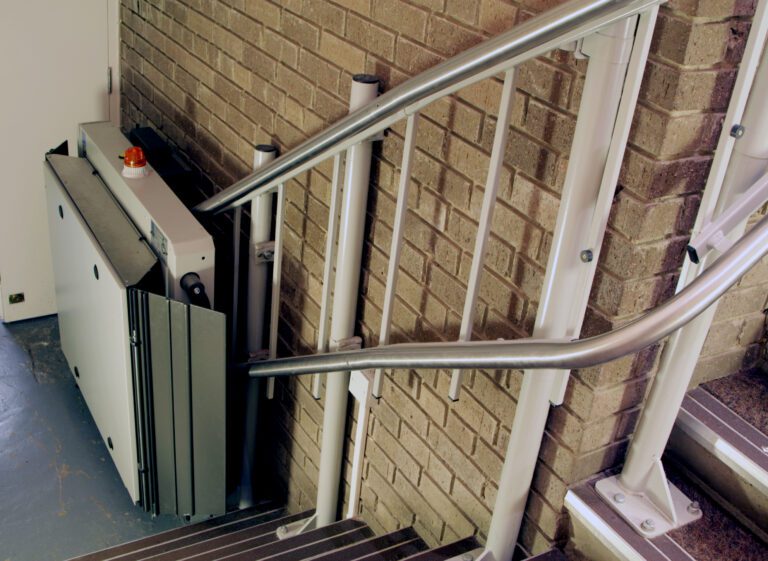
Improving Home Accessibility with a Stairlift in New Jersey
Stairs can not only become difficult to navigate as you age, but they can also become dangerous. Physical challenges such as limited mobility, lack of

Stairs can not only become difficult to navigate as you age, but they can also become dangerous. Physical challenges such as limited mobility, lack of
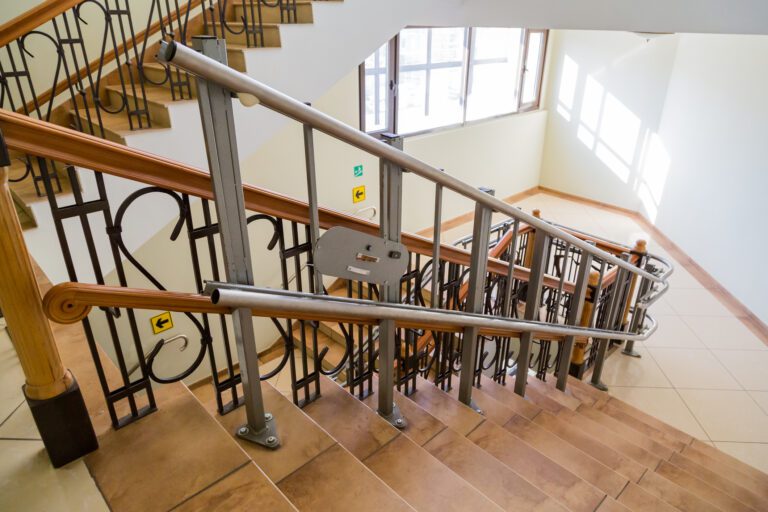
Getting your home ready for the future when you won’t have the same ease of mobility you do today means you can stay in your
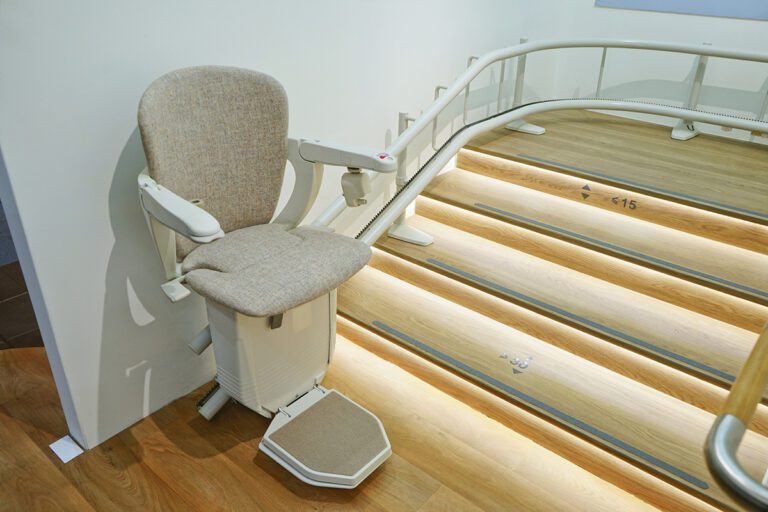
If the stairs in your home have become challenging to navigate or you’re having a hard time reaching the upper level of your house Pennsylvania
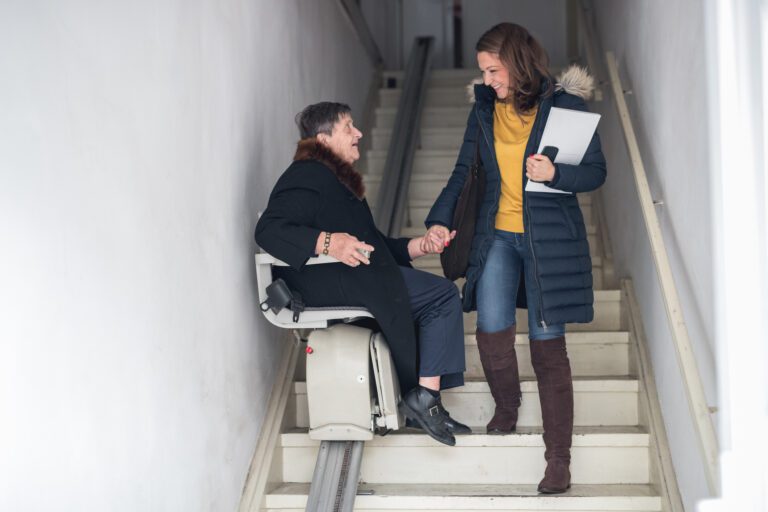
There are numerous motivations for purchasing or renting a stair lift. You may be facing permanent mobility issues or need a temporary stair for your

Physically disabling factors whether from an accident, medical procedure, or the natural aging process can threaten a person’s independence. Finding ways to acquire and maintain
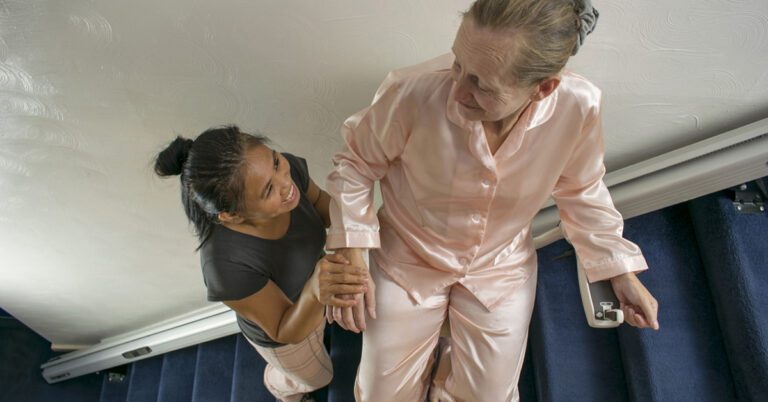
The Value Of Stair Lift Rental In New Jersey Sometimes you’re in a situation where recovery from a health condition may only take a few
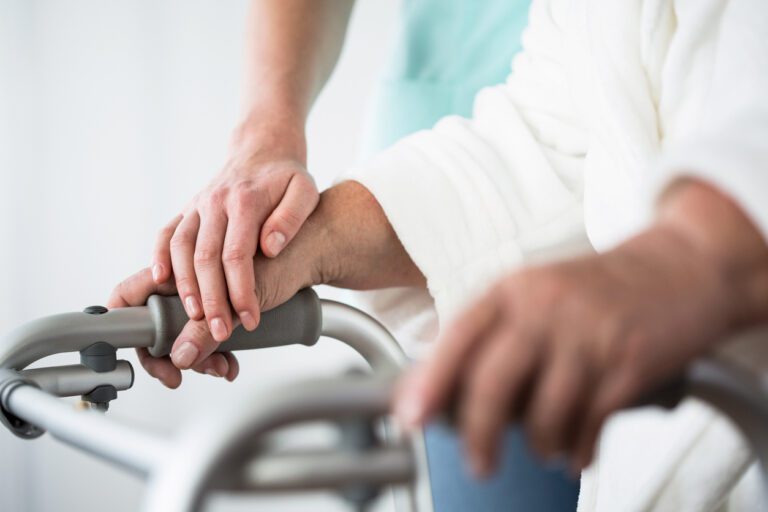
There are typically three different types of people who consider a stair lift in Delaware. One of them being those who need immediate help with
Stairs can become a problematic area in a home to navigate if you’ve suffered an injury that affects you physically or as you get older.
A stairlift is becoming one of the most popular solutions for those who have found negotiating stairs a challenge or an impossibility. There are many
When making the decision to purchase a home stair lift, you want to choose one that meets your budget and needs. These are some tips
Pennsylvania Stair Lifts Inc
2727 Philmont Ave., Suite 310, Huntingdon Valley, Pa 19006
Toll Free: (877) 257-0456 / Fax: (215) 914-0804
Copyright © 2023 pastairlifts.com. Website Design & Website Marketing by IQnection